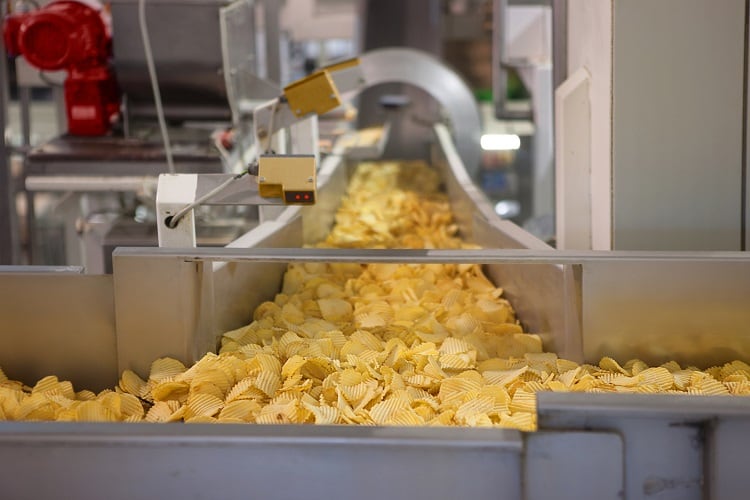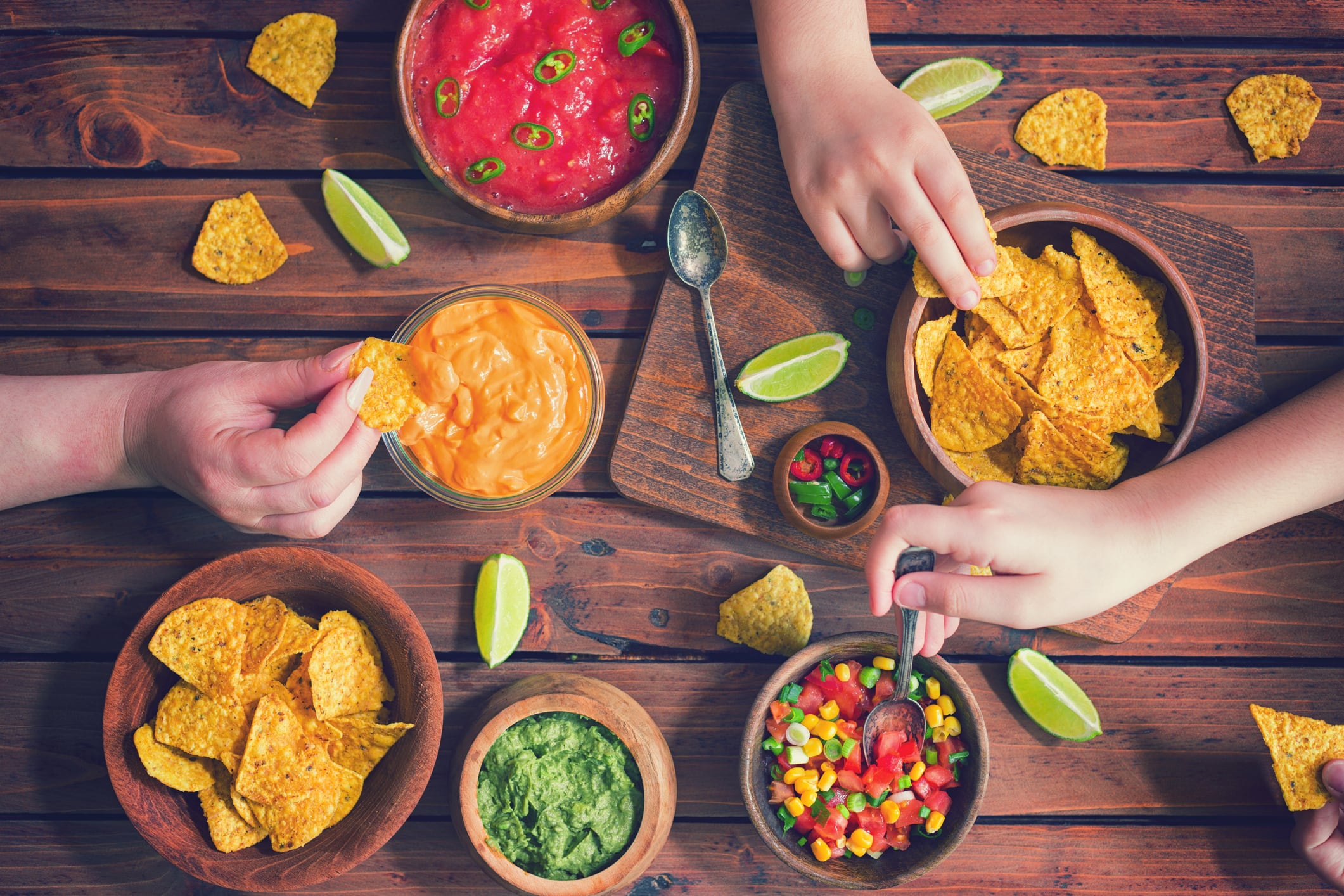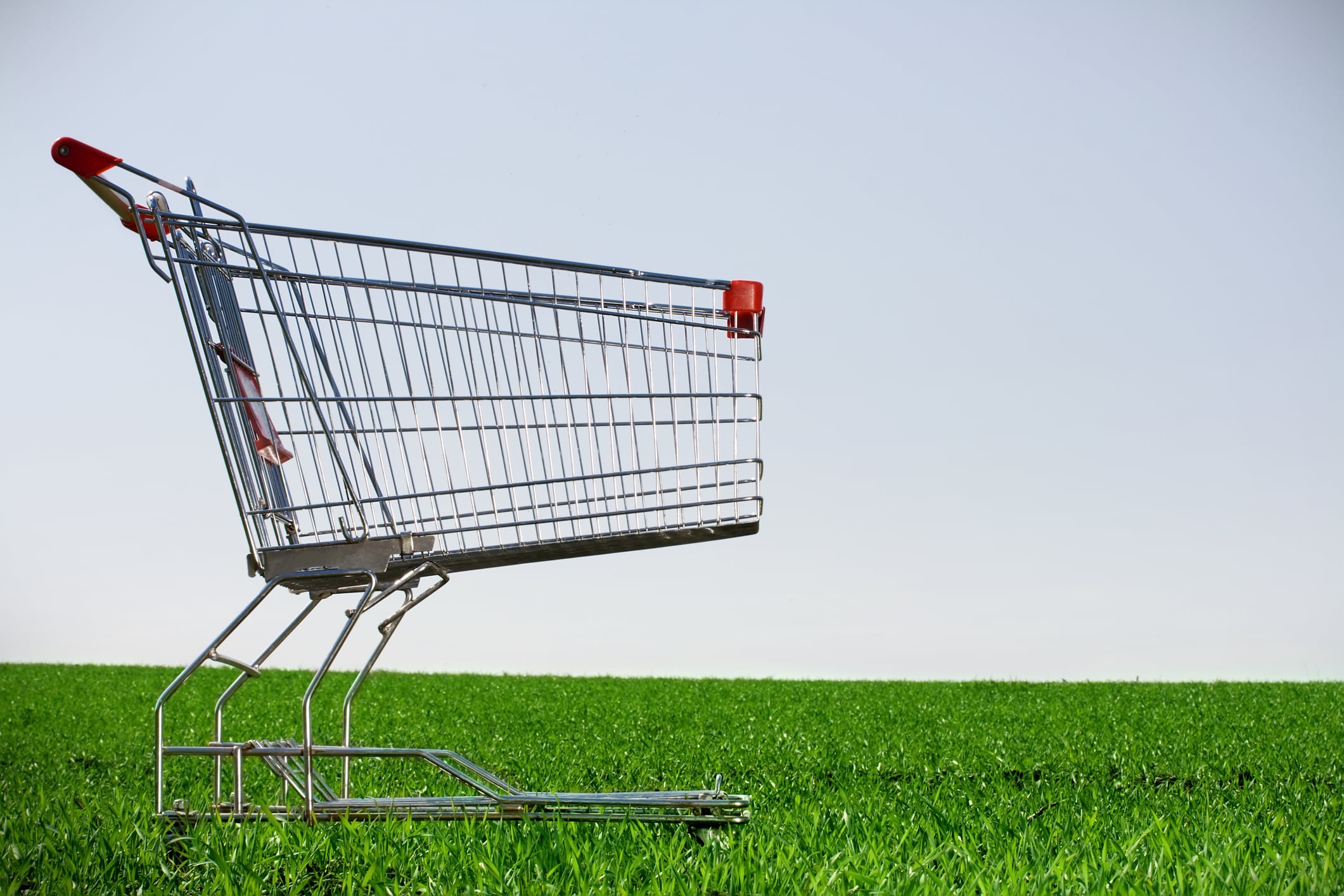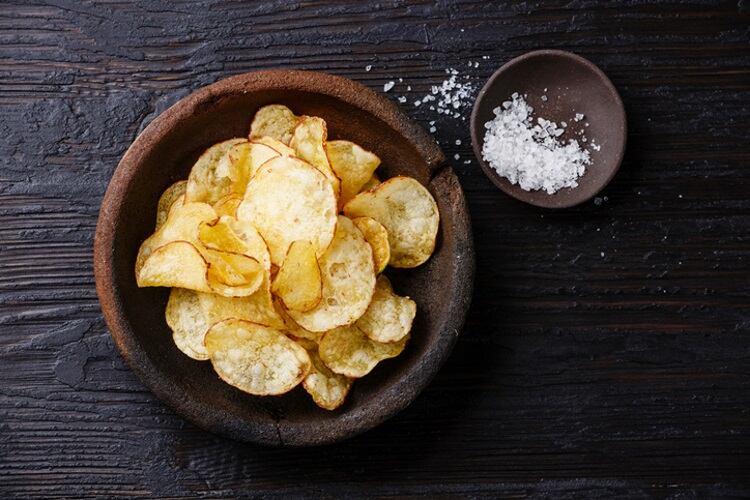Key takeaways:
- ESA president Christopher Gosau says Europe’s snack makers are moving from ambition to action, but warns that progress depends on stronger policy support and cross-industry collaboration.
- Manufacturers are investing heavily in regenerative farming, renewable energy and reformulation — proving sustainability can align with competitiveness.
- With consumers demanding transparency and regulators tightening the screws, Gosau insists the sector’s next big challenge is turning quiet progress into visible, verifiable impact.
When Christopher Gosau took over as president of the European Snacks Association (ESA) earlier this year – alongside his role as director of Government Affairs EU & DACH at PepsiCo – he brought a clear challenge to the sector. “The factory of the future is not a fantasy,” he says. “It’s concretely happening on the ground.” ESA’s latest sustainability report – Making snacking more sustainable: The contribution of the European savoury snacks industry to more sustainable food systems - aims to prove that, tracking the industry’s footprint from farm to fryer and setting out just how much more there is to do.

Since the last report three years ago, progress has accelerated. “We’ve noticed a lot of movement across the value chain to preserve natural resources, reduce carbon footprints, deploy circular-economy principles and innovate with new products,” Gosau says. Snack makers from Intersnack to Zweifel and Pringles have invested heavily in cleaner, more efficient plants, while smaller players like Paulig are experimenting with upcycled ingredients to meet fast-changing consumer expectations.
Still, Gosau’s message is that ambition alone isn’t enough. “This transformation takes place within an environment where food producers face intense competition, evolving consumer expectations and growing regulatory demands.” Collaboration, he adds, is no longer optional. “Achieving this balance requires a shared commitment across the value chain and sustained dialogue with policymakers and stakeholders to find the right enablers.”
ESA’s 2025 report also makes it clear that sustainability is now a competitiveness issue. Whether it’s carbon accounting, water scarcity or circular packaging, the cost of inaction is rising faster than the price of energy. “We need clarity and predictability,” says Gosau. “If manufacturers are going to keep investing at this pace, they need frameworks that reward regenerative agriculture, resource efficiency and science-based policymaking.”
Climate & resource efficiency: cutting carbon without cutting corners

Reconciling environmental goals with the need to stay affordable is one of the industry’s toughest balancing acts. “We’re calling on policymakers to put in place the right framework to accompany this transition,” Gosau says. That transition is already well under way. In Spain, Intersnack’s new solar farm will generate nearly 50% of the company’s total European electricity needs, avoiding about 30,000 tons of carbon emissions each year. In Switzerland, Zweifel now sources 100% of its electricity at the Spreitenbach plant from hydropower and reuses waste heat from crisp production to warm the entire site.
Elsewhere, the Pringles factory in Mechelen, Belgium, has implemented a pioneering water-recovery project that cuts consumption by 50% – saving around 200 million liters a year, roughly the annual use of 10,000 people. “Circular-economy practices are equally important on the production line,” says Gosau, noting that many ESA members have built dedicated recycling loops for oil and starch byproducts. Finland-based Paulig has gone further, launching a range of snack pellets made entirely from upcycled vegetable ingredients.
Packaging remains a sticking point. It protects product integrity and prevents food waste, but it’s also under heavy scrutiny. ESA’s position is to redesign, not demonize. “The industry is committed to improving circularity and environmental performance without compromising food safety or quality,” Gosau explains. That means reducing virgin plastic, using more mono-materials and bio-based films, and working with local authorities to improve collection and recycling of flexible packaging.
From farm to fryer: regenerative roots

“Our main objective is to ensure a sustainable and resilient supply of agricultural raw materials for savory snack production. That includes supporting farmers in their transition to regenerative farming.” ESA members are already investing upstream to secure supply and strengthen biodiversity. PepsiCo, for example, recently announced a partnership with agri-carbon platform Soil Capital, covering 35,000 acres of farmland in the UK, France and Belgium, to scale low-carbon, soil-restoring practices. The project will improve water efficiency, prevent land degradation and lock carbon in the soil – while guaranteeing stable incomes for growers.
Importaco, one of Europe’s largest nut processors, has applied similar principles across 550 hectares of almond orchards in Spain and Portugal, cutting fertilizer and pesticide use by 30% and prioritizing integrated pest management and organic alternatives. “For snack nuts, reliable access to safe, traceable and sustainable supply chains is absolutely essential,” Gosau stresses. “Our members apply rigorous due-diligence procedures to ensure raw materials are produced in line with the highest environmental, social and ethical standards.”
That work is critical as weather volatility and geopolitical tension continue to squeeze commodity markets. ESA wants to see more recognition of regenerative outcomes in EU agricultural policy, “rewarding practices that restore soils and protect biodiversity rather than just subsidizing volume.”
Policy, reformulation & consumer trust

On the policy front, Gosau welcomes the European Commission’s focus on competitiveness and simplification but insists both need guardrails. “Better regulation and simplification must go hand in hand with maintaining high food-safety standards and fostering innovation,” he says. ESA has recently contributed to consultations on food law reform, pushing for harmonized allergen labeling across Member States, digital labeling options and an update to the comparative-claims rule that prevents manufacturers from communicating incremental reformulation gains. “It creates a disproportionate barrier to innovation and reformulation,” Gosau argues.
ESA members have still made measurable progress on nutrition. In the UK, one of Europe’s biggest savory snack markets, the salt content of chips (crisps) has dropped 56% since 1990. Fat and saturated fat levels are also down – by up to 60% – thanks to the use of high-oleic sunflower oil and newer techniques like air-popped or oven-baked snacks. “Innovation is part of our DNA. We’re increasingly using fiber- and protein-rich ingredients such as pulses to meet consumer expectations for healthier options.”

Transparency is another priority. ESA recommends a 30g serving size for savory snacks and nuts – roughly what consumers actually eat – and most members now show nutritional information for both 30g and 100g portions. “Consumers and regulators increasingly demand greater access to product information. There’s an opportunity here for the European Commission to prepare for a forward-looking labeling framework in the EU.”
Responsible marketing rounds out that agenda. ESA remains the only European trade body signed up to the EU Pledge on responsible advertising to children. Since 2022, members have stopped marketing potato-based products to under-13s altogether, and compliance audits show more than 98% adherence on TV and 90% online.
The next two years

Gosau’s presidency will center on three pillars – nutrition, sustainability and food safety – but also on credibility. “ESA has built a strong track record as a trusted partner,” he says. “We’ll keep sharing our industry’s experience and technical expertise to help shape well-informed and workable policy outcomes.”
He’s keeping a close eye on the EU’s upcoming Circular Economy Action Plan and its Vision for Agriculture and Food – both expected to influence how Europe measures, incentivizes and reports sustainability. “There are clear opportunities for our industry to contribute meaningfully to Europe’s sustainability objectives.”
For snack makers, that means the clock’s ticking. “The industry has already shown its capacity to make a significant contribution to the transition toward more sustainable food systems,” says Gosau. “But that journey’s far from over.”
If Europe’s snack giants want to keep their license to crunch, now’s the time to prove they can turn intent into impact.
7 takeaways from ESA’s 2025 Sustainability Report
€50bn sector powered by 200+ members
Europe’s savory snacks industry generates around €50 billion in retail value, with over 200 ESA member companies operating 100 factories across the EU and employing 40,000 people.
Regenerative farming takes root
ESA members are scaling regenerative practices across tens of thousands of hectares – from Lorenz’s 4,850 tons of CO₂ cuts to PepsiCo and Mars’ 5,400-hectare soil-health project in Poland and Importaco’s Silver-level almond orchards in Spain and Portugal.
Factories go greener
Snack producers are transitioning to 100% renewable power, led by Intersnack’s new solar farm (covering nearly half its EU energy needs), Zweifel’s hydropower and biogas system, and Importaco’s ISO 50001-certified sites.
Water and waste in the spotlight
The Pringles factory in Mechelen cut water use by 50%, saving 200 million liters annually, while Importaco achieved 75% Zero Waste certification in Spain and Paulig reduced water use by 22% at its Berga site.
Packaging gets circular
The shift to recyclable and mono-material packaging is accelerating – from Pringles’ new paper-based cans and Lorenz’s AmPrima mono-material packs (51% lower carbon footprint) to San Carlo’s FSC-certified paper range.
Healthier snacks, cleaner labels
ESA members have cut salt by 56% and fat by up to 60% since 1990. Intersnack’s range is now 100% free from artificial colors and 97% from taste enhancers, while San Carlo and Zweifel are expanding plant-based and high-fiber lines.
Responsible marketing and consumer transparency
ESA remains the only EU trade body in the EU Pledge to stop advertising potato snacks to under-13s. Over 98% of TV ads and 90% of online content met compliance standards in 2024, and nearly all members now display 30g portion guidance on pack.





